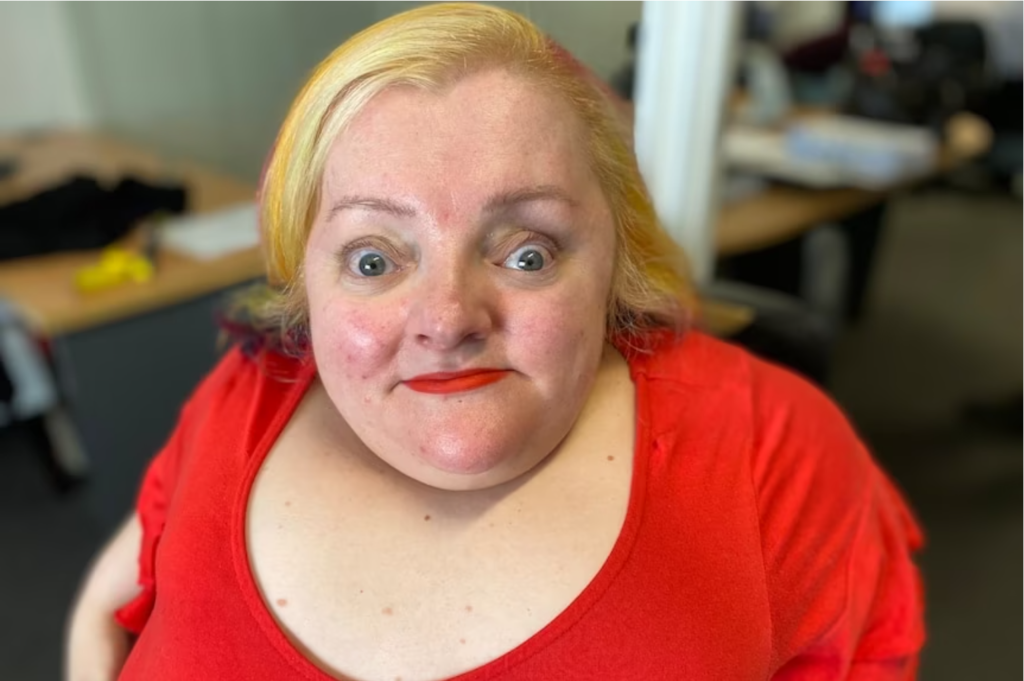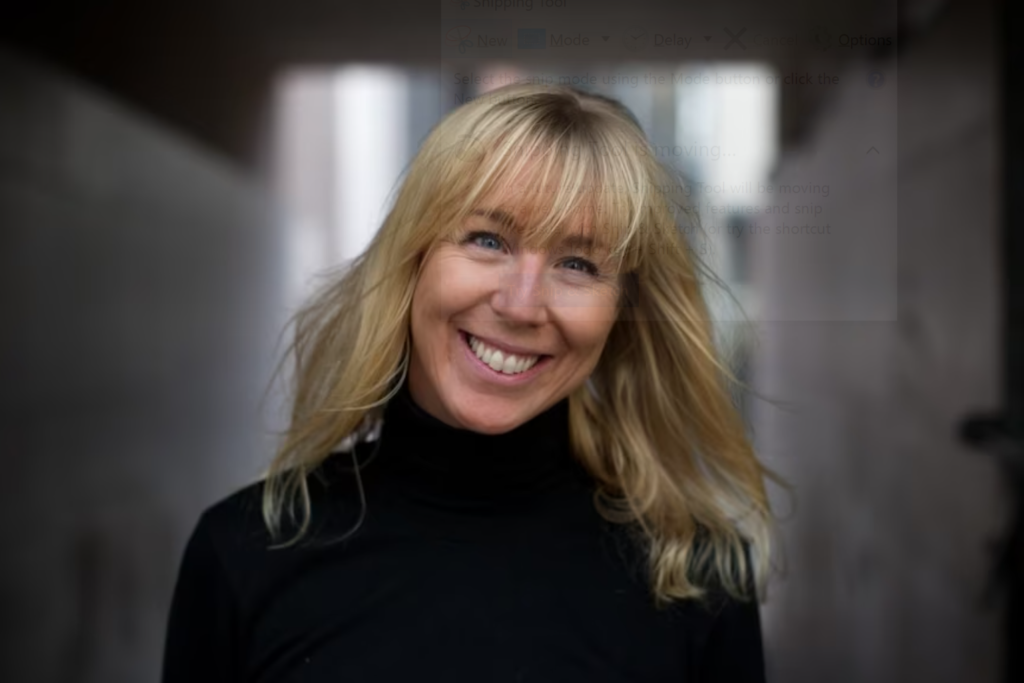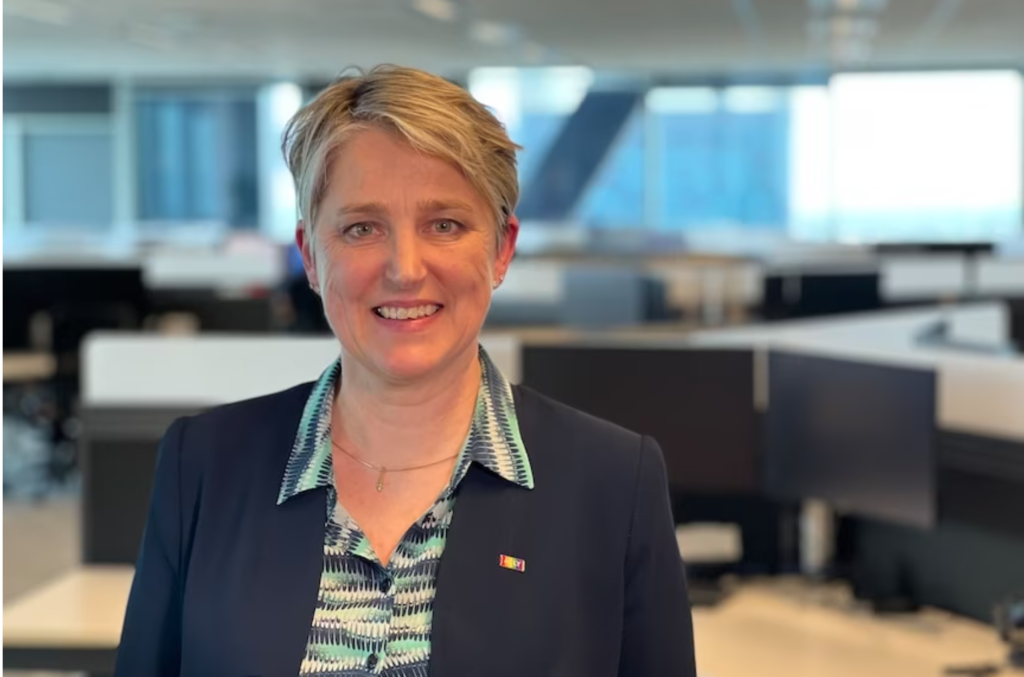Disabled talent drive innovation, shareholder value and business performance
By Natalia Hodgins | ABC News, November 25, 2021

Prue Hawkins says she “couldn’t find a job to save her life”, after graduating from a top law school.
Ms Hawkins has brittle bone disease and, as a wheelchair user, found it difficult to access buildings. She also faced discrimination because of her disability.
“You can cut my job options in half because I can’t get in the building, or I can get in the building but there’s no toilet I can access,” she says.
“Then there’s issues around prejudice. No-one ever says, ‘We’re not going to hire you because you have a disability’, but I guarantee that happened.”
Ms Hawkins spent three years searching for a job and applied for more than 30 roles before starting her own law firm.
“Everyone says, ‘Oh you’re so brave starting your own business’, and I say no, this was a necessity because no-one would hire me. I wanted to be a valued member of society and contribute, and I just couldn’t,” she says.
Five years after starting her business, Ms Hawkins is thriving and says she “will never go back to working for someone else”.
“Law is what I love, that’s the problem, I love what I do. I was never going to go back on Centrelink or work in a check-out. This is what I wanted,” she says.
‘Don’t tell me we can’t do it’
While Prue Hawkins was busy establishing her law firm, on the other side of the world, disability activist Caroline Casey was launching a global movement. She had one goal — to get 500 of the world’s biggest businesses to employ more people with disabilities.

“I created The Valuable 500 out of sheer frustration because we were not seeing accelerated change for people with disabilities,” she explains.
“The scale of the problem is just too large not to have the most powerful force on the planet, business, at the table.”
“We wanted to create a community that would drive systemic change and end exclusion once and for all.
“We now represent 21 million people from 41 different countries. So, don’t tell me we can’t do it.”
Ms Casey says most business leaders have no idea that 15-20 per cent of the global population have a disability. They also don’t consider people with disabilities as consumers with money to spend.
“There’s one very simple reason we should pay attention to disability inclusion and that’s because there’s a disability consumer market worth $13 trillion annually,” she argues.
“How can you serve that market if you don’t have disabled talent working in your business?”
‘I’m not made to feel like a burden’
Telstra is one of only 12 Australian companies to sign up to The Valuable 500, alongside other big corporates including Westpac, ANZ and Coles.
“We believe our approach to diversity and inclusion plays an important role in how we perform for a number of reasons,” says Alex Badenoch, group executive for transformation, communications and people.
“One, you want to be able to attract the best talent in the market.
“Two, diversity of thought and experience improves innovation.
“And three, products and services. You can’t serve your customers if you don’t understand their needs.”
This week, Telstra spoke on the topic of employment at the Royal Commission into Violence, Abuse, Neglect and Exploitation of People with Disability.
The commission heard that Telstra employs 25,972 people but only 1.2 per cent of them choose to self-identify as being disabled in its human resources system.
Many Australians choose not to disclose their disability to their employer for fear of discrimination.
One of the key topics discussed at the royal commission was the need for businesses to collect accurate data on employees living with disabilities.
Figures from the Australian Bureau of Statistics suggest the true proportion of people with disabilities working in the private sector is 9.2 per cent.
“Based on disclosed numbers we have not made the inroads we would want to, in terms of the percentage and number of people we employ with disability,” Ms Badenoch admitted to the commissioners.
“We have already identified that we need to make changes to our programs and our approach to shift the numbers more significantly.”

Telstra manager Niki Petousis acquired an invisible disability as an adult after being involved in an accident. Niki now co-leads the telco’s staff disability group and says the company’s approach to inclusion makes her feel seen.
“When I started working at Telstra, I hadn’t had my accident, I had it a couple of years later,” she tells The Business.
“I went from a really strong sporting background, where I competed at state and national level, to not being able to dress myself, or shampoo my hair, or even walk.
“My accident was so severe that I needed quite a large support system to help me return to work on a gradual basis.
“I couldn’t travel into the city, I couldn’t even carry my own laptop, but that didn’t mean I couldn’t deliver.
“My team were incredible in making sure I had all the flexibility and support I needed. And that played an amazing role in my recovery.”
“I’m not made to feel like a burden or feel scared that I’m going to lose my job. If anything, it’s the opposite. I tick the ‘are you disabled?’ box with joy, and I think, yeah I am loud and proud.”
‘It makes good business sense’
According to the Australian Human Rights Commission (AHRC), 4.4 million, or one in five, Australians have a disability.
Workforce participation rates are low, with only 53.4 per cent of people with disabilities in employment, compared with 84.1 per cent of people without. These statistics haven’t shifted in over 20 years.
The AHRC estimates the economic benefits of employing people with disability would add more than $50 billion to GDP by 2050 — but only if Australia was to move up into the top eight OECD countries for employment of people with disability.
At last count, Australia had one of the lowest employment rates for disabled people amongst the OECD, although it has been several years since the latest update was done.
Global research from Accenture found businesses that have more people with disabilities in their workforce are growing sales three times faster than those that don’t. The same companies are delivering four times more profit.
“Clearly, with disability inclusion and inclusion more generally, it’s not philanthropy, it’s not a form of greenwashing. It just makes good business sense, says Dominic King, senior principal at Accenture Research.
Accenture’s research supports the idea that people are fearful of disclosing their disability in the workplace, with 76 per cent of employees surveyed not being transparent about it.

“There’s fear around being labelled and pigeon-holed, and potentially even losing jobs,” Mr King explains.
“That leads to a lack of transparency and trust in the workplace with employees not telling their employers.”
BHP sees ‘better safety and productivity’
It’s not only businesses that have signed up to The Valuable 500 that are paying attention to the benefits of being disability inclusive.
BHP doesn’t have a formal disability action plan, but it does recognise the business case for diversity.
“We see better safety and productivity from diverse and inclusive teams and that flows through to the bottom line and to shareholder value,” says Laura Tyler, chief technical officer at BHP.
The mining giant established its Neurodiversity Internship Program in 2018, partnering with Curtin University to create career pathways for people with autism, dyslexia and other neurological conditions. The program has welcomed 27 interns so far.

Ms Tyler acknowledges it can be difficult for young people with disabilities to make the transition from education to employment.
“I think we can all remember our first job and how hard it is to get a step in the door,” she says.
“Internship programs like this are incredibly valuable because they build people’s confidence and allow them to demonstrate their skills.”
When the internship comes to an end, BHP helps participants design a career plan, working with them to find a role either within the mining giant or at another company.
After graduating from high school, Tom Munro approached several disability employment services providers. These organisations receive funding from the Australian government to help disabled people find work.
“They either didn’t understand my autism, or they wanted to put in the least possible amount of effort to help me,” he recalls.
“It was very frustrating because these companies are supposed to support people who need help.”
Mr Munro’s mother Lois adds: “They would make Tom go somewhere for an interview without considering that he’s non-verbal. It just wasn’t going to work.”
Mr Munro experienced one knockback after another before being introduced to BHP.
He went through a competitive interview process and gained a place in the program as a service management specialist.

Mr Munro says BHP made it easy for him to communicate with his team using email and Webex chat.
“I think everyone contributes to the workplace in a unique way,” he writes.
“This internship with BHP has given me the opportunity to learn new things, meet new people and gain financial independence.”
About This Article:
A Life Worth Living has copied the content of this article under fair use in order to preserve as a post in our resource library for preservation in accessible format. Explicit permission pending.
Link to Original Article: https://amp-abc-net-au.cdn.ampproject.org/c/s/amp.abc.net.au/article/100648894

